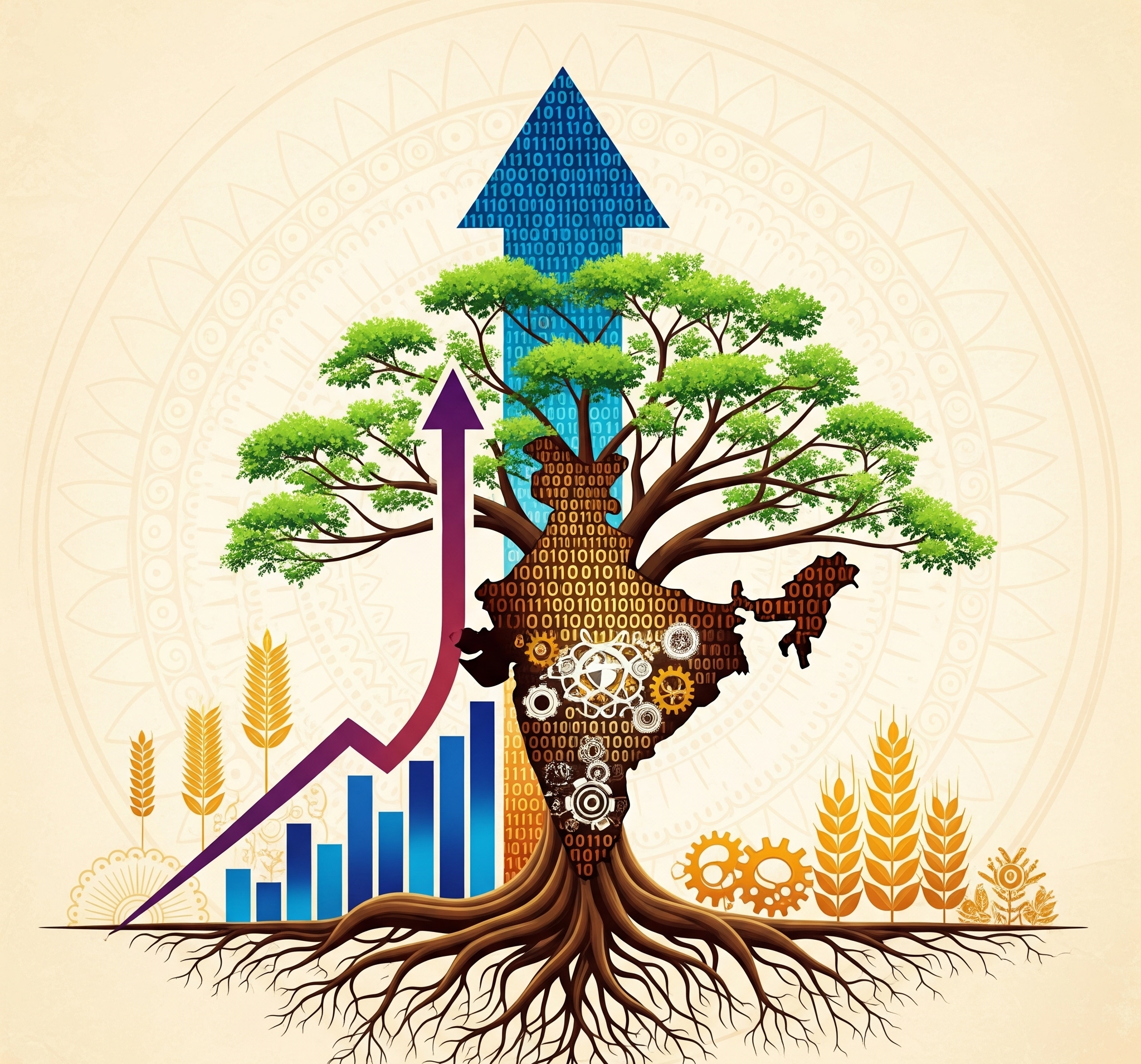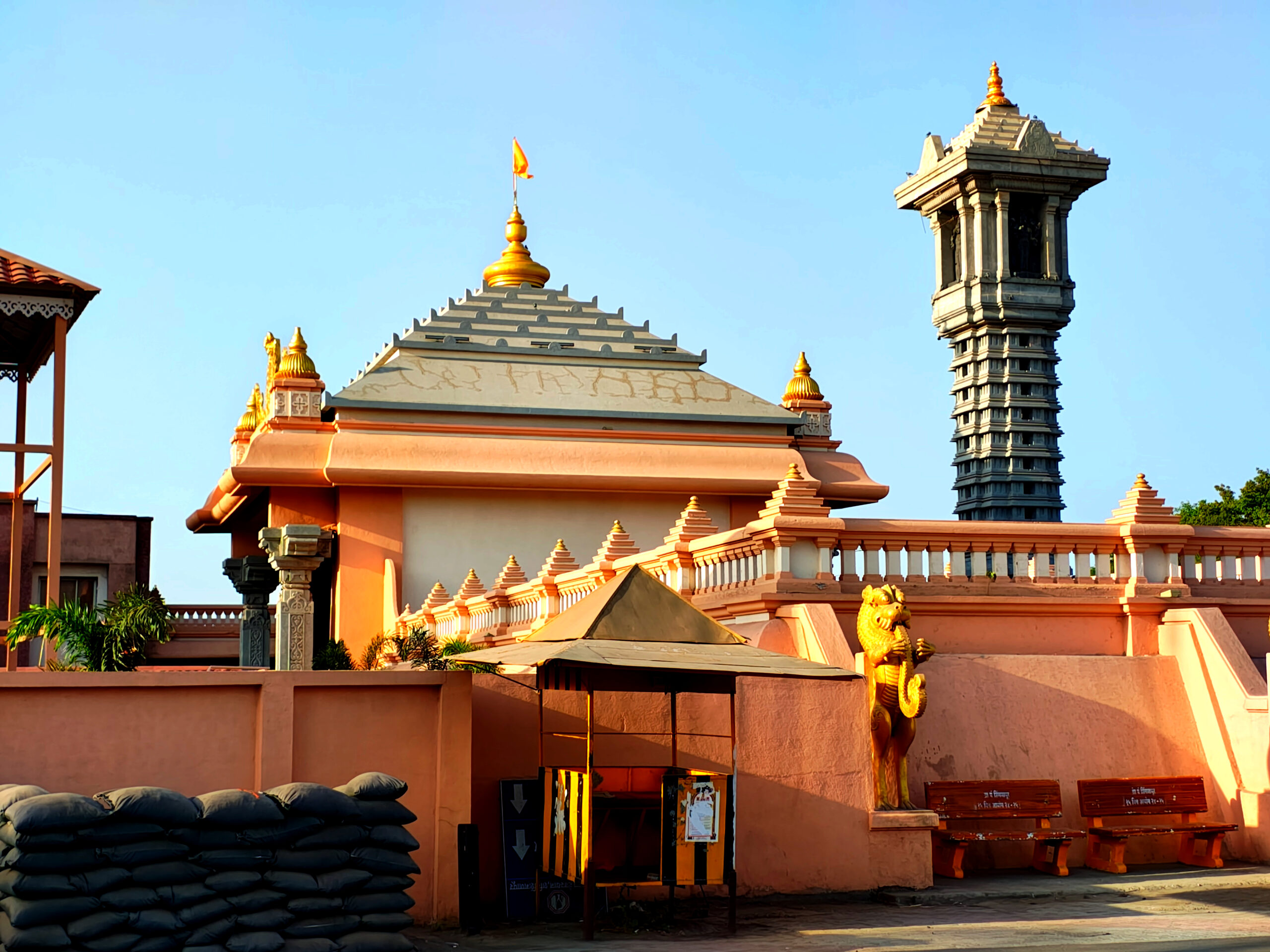Top 5 Facts About the Indian Economy:

Growth, Potential, and Global Impact
India’s economy is one of the most dynamic and rapidly evolving in the world. With a complex blend of tradition and innovation, agriculture and technology, domestic demand and global engagement, the Indian economy presents a fascinating case study of resilience and transformation. As the fifth-largest economy globally by nominal GDP and third by purchasing power parity (PPP), India plays a central role in shaping the 21st-century economic narrative.
This article explores the top five significant facts about the Indian economy—each representing a powerful force shaping its present and defining its future.
1. India Is One of the Fastest-Growing Major Economies in the World
One of the most defining characteristics of the Indian economy is its remarkable growth rate. Despite global uncertainties, pandemic aftershocks, and geopolitical tensions, India has consistently recorded robust economic growth over the past two decades. According to the International Monetary Fund (IMF) and World Bank, India is projected to remain the fastest-growing major economy, with GDP growth estimates ranging from 6% to 7.5% annually.
This growth is powered by:
- Strong domestic consumption, as a burgeoning middle class demands goods and services.
- Robust investment in infrastructure, including transport, urban development, and energy.
- Digital transformation, especially in fintech, e-commerce, and IT services.
- Youthful demographics, with over 60% of the population under the age of 35.
India’s high growth trajectory makes it a key engine of global economic expansion. It is not only contributing to global GDP but also influencing international policy, trade, and innovation.
2. India Has a Diversified Economic Structure: From Agriculture to AI
The Indian economy is exceptionally diverse—balancing traditional sectors with cutting-edge industries. It can broadly be classified into three major sectors:
Agriculture
India is still heavily reliant on agriculture, which employs nearly 42% of the workforce, though it contributes only around 15-18% to the GDP. India is among the world’s top producers of rice, wheat, cotton, sugarcane, and dairy. It is also rapidly expanding its agritech ecosystem to address inefficiencies and promote sustainable practices.
Industry
India’s manufacturing sector is a mix of small-scale enterprises and large-scale industries. Key industries include textiles, automobiles, chemicals, pharmaceuticals, steel, and electronics. Initiatives like Make in India and Production-Linked Incentive (PLI) schemes aim to boost domestic manufacturing and reduce import dependency.
Services
The services sector is the crown jewel of the Indian economy, contributing over 50% to the GDP. India is a global leader in Information Technology (IT) and Business Process Outsourcing (BPO), with cities like Bengaluru, Hyderabad, and Pune serving as major tech hubs. The country is also becoming a center for innovation in AI, fintech, edtech, and healthcare services.
This unique balance between the old and the new—farms and factories, code and culture—makes India resilient and future-ready.
3. India Has a Massive Domestic Market with Rising Purchasing Power
With a population exceeding 1.4 billion, India offers one of the world’s largest consumer markets. This market is not only vast but also undergoing a radical shift due to the rising disposable income, urbanization, and digitization of commerce.
Key indicators of growing consumption power include:
- Over 100 million middle-class households, projected to double in the next decade.
- Rapid expansion of Tier 2 and Tier 3 cities as consumption hotspots.
- Over 800 million internet users, making India one of the largest digital marketplaces.
- A booming e-commerce sector, expected to reach over $150 billion by 2026.
This domestic demand fuels economic expansion, attracts global investors, and insulates India to some extent from external shocks like global recessions or trade disruptions.
4. India Is Becoming a Global Innovation and Startup Hub
India has witnessed an explosive rise in startups, making it the third-largest startup ecosystem in the world, after the US and China. As of 2024, India hosts over 100 unicorns (startups valued at over $1 billion) across sectors like fintech, edtech, logistics, healthtech, and SaaS (software-as-a-service).
Government-backed initiatives such as:
- Startup India
- Digital India
- Atal Innovation Mission
…have provided the necessary policy support, infrastructure, and funding ecosystems to nurture innovation.
In addition, India is leading in financial technology (fintech), with the Unified Payments Interface (UPI) being recognized globally for its simplicity, scalability, and efficiency. Over 10 billion digital transactions per month are now powered by UPI, transforming India into a cashless economy in the making.
India’s innovation capacity is not just supporting domestic development but also solving global challenges—from climate tech to education access and digital health.
5. India Plays a Strategic Role in Global Trade and Geopolitics
India’s growing economic stature is matched by its geopolitical significance. As a member of key international groups like the G20, BRICS, and the QUAD, India is influencing global policy decisions on trade, energy, climate, and security.
Trade & Investment:
- India is a major exporter of software, pharmaceuticals, jewelry, textiles, and automotive parts.
- Major trade partners include the United States, European Union, China, UAE, and ASEAN nations.
- Foreign Direct Investment (FDI) inflows have surged, with India ranked among the top 5 destinations for global investment.
Strategic Policy Shifts:
- The “Act East” and “Neighborhood First” policies have enhanced India’s regional engagement in Asia.
- Free trade agreements (FTAs) with countries like the UAE, Australia, and the UK are expanding market access for Indian firms.
- India is also investing in renewable energy and sustainability, aiming for net-zero emissions by 2070.
India’s economic diplomacy is being driven not only by trade interests but also by a broader vision of sustainable and inclusive global growth.
Conclusion
The Indian economy is an extraordinary blend of history and modernity, size and innovation, diversity and unity. From being an agrarian nation at independence to becoming a digital powerhouse and global growth engine, India has charted a remarkable journey.
These top five facts reflect the essence of India’s economic transformation:
- Its unmatched growth potential
- Diverse and balanced sectors
- Rising domestic consumption
- Innovation-driven future
- And its strategic global position
As India continues its path toward becoming a $5 trillion economy, the story is not just about numbers and statistics. It is about the aspirations of a billion-plus people, the dynamism of youth, and the spirit of entrepreneurship and resilience that defines the Indian economy.





